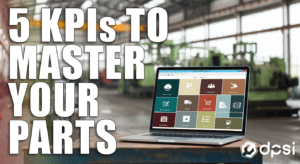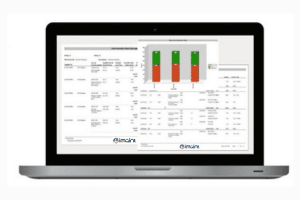Many maintenance organizations invest in a CMMS in hoping it will solve their maintenance management problems, only to discover that the software fails to deliver. While faulty software can cause CMMS implementation failures, the real issues often start well before implementation. Here are 7 tips for avoiding CMMS failure:
1. Carefully Select CMMS Maintenance Software
With hundreds of CMMS software vendors competing for your business, narrowing down your options can be time-consuming. Create a reference document outlining your organization’s requirements. Evaluate and select CMMS software based on your specific needs, not on generic demos. Test drive the software to ensure it offers the desired functionality.
2. Plan for Future Needs
Your organization’s needs will evolve over time. Consider your future requirements and whether the CMMS system and vendor can meet them. Since maintenance software is a significant investment, choose a system that offers a strong long-term ROI.
3. Obtain Support from Management
Secure management’s commitment by demonstrating the benefits of maintenance software and translating them into bottom-line savings. Management’s full support is crucial for monitoring the project, securing funding, and ensuring internal resources are in place.
4. Properly Plan Your CMMS Implementation Project
Proper planning is key to avoiding CMMS failure. Define the “what,” “why,” “who,” and “how” of your implementation early on. Set goals, key milestones, and plan how to gather all necessary data. Assemble an implementation team that includes both IT personnel and end users.
5. Hire Experienced Consultants for Implementation
While relying on internal resources might save money initially, it could cost more in the long run. Experienced software vendors/consultants are better equipped to manage the implementation process, ensuring tasks are completed on time and within budget. Choose a consultant well-versed in CMMS/EAM implementation, maintenance best practices, and your industry.
6. Conduct Comprehensive User Training
To avoid CMMS failure, invest in thorough training. Provide role-based training that helps each user perform their job efficiently. Proper training reduces the learning curve and boosts user confidence.
7. Continuously Evaluate the System After Implementation
Regularly evaluate your CMMS to maximize its effectiveness and value. Use benchmarking tools to assess how well the system supports your maintenance process and identify areas for improvement.
Ensure you’re avoiding CMMS failure by partnering with the right software vendor. DPSI’s Professional Services Team supports your maintenance department throughout the CMMS/EAM implementation process to help you make the most of our software. Contact us today to learn more about avoiding CMMS failure and for more information about our products and services.





